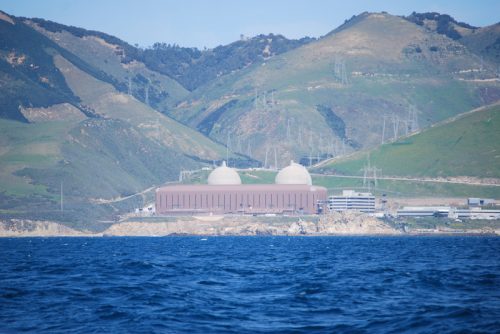
Closing Diablo Canyon Nuclear Plant Will Save Money And Carbon
A widespread claim—that dozens of nuclear plants, too costly to run profitably, now merit new subsidies to protect the earth’s climate—just collided with market reality.
The CEO of one of America’s most prominent and technically capable utilities, Pacific Gas & Electric Company—previously chairman of the Nuclear Energy Institute and the Edison Electric Institute—just announced its decision (subject to regulatory approvals) to close PG&E’s well-running twin nuclear reactors at Diablo Canyon because they’re uneconomic and won’t be needed.
Unlike previous nuclear shutdowns, some of which were too abrupt for immediate replacement with carbon-free resources, PG&E’s nuclear output will be phased out over 8–9 years, replaced timely and cost-effectively by efficiency and renewables. That means no more fossil fuel burned nor carbon emitted, all at less cost to ratepayers. How much less? Natural Resources Defense Council (NRDC) says at least $1 billion (net present value to 2044).
PG&E also agrees that removing the inflexible “must-run” nuclear output, which can’t easily and economically ramp down much, will help integrate more renewable power reliably into the grid. Midday solar, rather than being increasingly crowded out by continued nuclear overgeneration, will be able to supply more energy. As Germany found, integrating varying solar and wind power with steady “baseload” plants can present challenges for the opposite of the reason originally supposed: not because wind and solar power vary (demand varies even less predictably), but because “baseload” plants are too inflexible.
Diablo Canyon enjoys the scale economies of a two-unit plant, is ably staffed, has a large and sophisticated owner, and is running well—rated in the top tier by the Institute of Nuclear Power Operations. Persistent seismic concerns aren’t currently in the foreground. Rather, as PG&E acknowledges, market forces have made California’s last nuclear plant redundant. As customers use electricity more productively, solar roofs generate homebrew power, and competitive renewables flood the wholesale market, Diablo Canyon has become superfluous—and cheaper to close than to run.
The big economic lesson here is that nuclear power’s ability to displace fossil-fueled generation is not simply about tons of carbon dioxide saved. Nuclear power also incurs an operating cost that for many reactors, including Diablo Canyon, has become very high. Saving and reinvesting that avoidable cost can buy a larger quantity of cheaper carbon-displacing resources, saving even more carbon. Nearly all commentators, even Bloomberg’s astute editorial board (twice), have overlooked this advantageous swap.
This article originally appeared on Forbes.com.
Photo courtesy of dirtsailor2003 via Flickr, Creative Commons license (CC BY-ND 2.0).